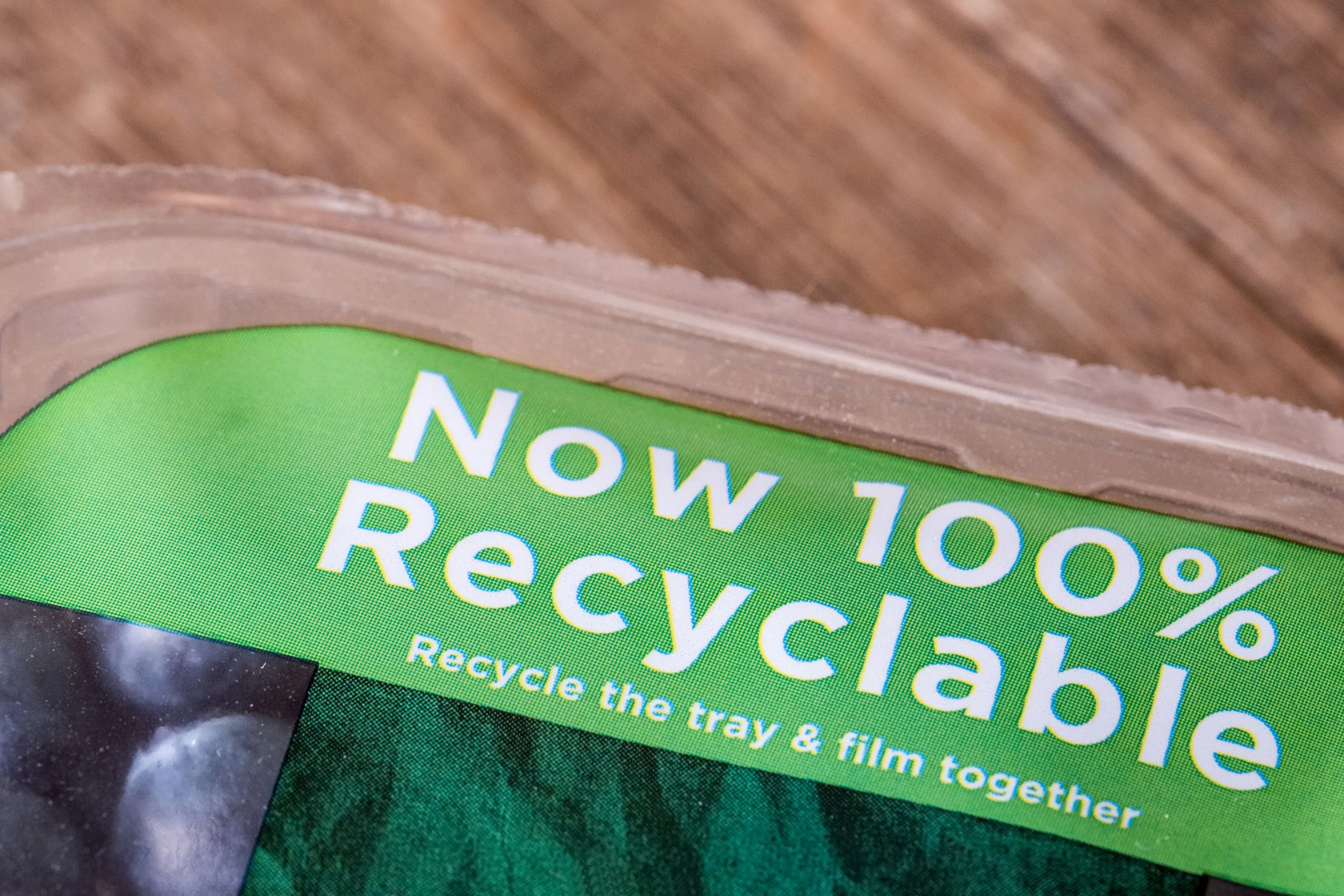Plastic films are made in an immense range of materials for applications across industries. Their composition ranges from simple plastic to complex combinations of materials and coatings in order to meet specific performance needs. Packaging is a key market for plastic films, but films are also used in the agriculture, pharmaceuticals, automotive, construction, and textile industries, among many others. In fact, plastic films are so ubiquitous that the global plastic films industry may grow at a faster rate than the global plastics market over the next few years.
Key Sectors for Plastic Film Usage
The growing demand for packaging, particularly as online shopping has risen substantially over the past few years, is a significant contributor to the demand for plastic films. Films are able to protect items from a variety of different factors, including water, light, oil, and other things that would damage the quality of a package’s contents. Their flexibility and transparency are also valuable features when it comes to packaging awkward shapes, minimizing material use, and displaying the product being packaged.
The agricultural sector is also a valuable customer of the plastic films industry, using them in applications such as mulching, greenhouse construction, and tunnel covering. In the construction industry, plastic films are commonly used for interior and exterior coverings, weatherboarding, roofing, ceilings, and insulation due to their durability, non-corrosiveness, and low cost. Plastic films help limit leaks and protect buildings from extreme temperatures. They also have applications in the healthcare industry to protect equipment as well as for other purposes.
Regional Overview of the Plastic Films Industry
Asia-Pacific is currently the biggest market for the plastic films industry, accounting for over 40% of global revenue. It’s also the fastest-growing regional market with demand from burgeoning food and pharmaceutical sectors as well as from the construction, packaging, and electronics industries. China and India in particular are contributing to the region’s growth as disposable income rises.
The second-largest market for plastic films is Europe, where strong demand for packaging helps drive the market. An increase in pharmaceutical R&D spending is expected to indirectly increase demand as well, with the emergence of new products needing packaging.
Sustainability in Plastics Manufacturing
Plastic films have many advantages over other packaging materials due to their light weight, barrier properties, and the fact that they are often reusable and recyclable. However, an increasing number of countries and municipalities are introducing stricter regulations around plastic products, waste, and recycling. Some are even working to ban the use of plastics entirely in areas such as packaging while others, such as India, Bangladesh, and Malaysia have implemented a tax on plastic films used in packaging. This is putting pressure on companies in the plastic films industry to develop more sustainable products and more efficient recycling processes.
In Europe, recycling capacity for polyolefins rose 8% between 2018 and 2020, totally 2.7 million metric tons across 200 recycling facilities. This increase was driven by improvements in the collection, sorting, and recycling processes, allowing more products to be recycled and for the recyclates to be used in a greater variety of applications. Legislation is expected to continue to be a key driver of recycling and circularity.
Because of the current emphasis on sustainability, more innovation is emerging in the market and customers are opting for certain products over others. The market for resealable films is on the rise, for example, as demand for environmentally friendly packaging solutions grows. These films can improve shelf life for food and beverage products as well as for pharmaceuticals and personal care products, as well as provide convenience to the user.
Technological advancements have also improved the recyclability and biodegradability of resealable films. Companies offering more sustainable plastic films may have an edge over the competition when it comes to customers looking to become more environmentally friendly and conform to new regulations around sustainability.
Material Innovation in the Plastic Films Industry
Gerdau Graphene and Packseven are one example of creating more eco-friendly products. The companies have worked together to develop a graphene-enhanced stretch film that is ultra-thin, more durable than standard plastic films, and requires less material per pallet wrapped with it. Combining graphite with plastic film provides the added strength and protection that make the material more efficient.
A research group in Brazil is developing a new film for food packaging that is made of sustainable materials and able to withstand the rigors of the commercial packaging process. Scientists from the State University of Campinas’s School of Chemical Engineering and São Paulo’s Packaging Technology Center at the Institute of Food Technology have developed a new film made from a compound derived from limonene (found in citrus peel) and chitosan, a biopolymer derived from the chitin in crustacean exoskeletons.
The group is not the first to use limonene in food packaging film, as the substance has anti-microbial and antioxidant properties, as does chitosan. However, limonene can be volatile and unstable during the manufacturing process, making it less than ideal for a commercially produced material.
To address this shortcoming, the researchers used a derivative of limonene instead, called poly(limonene), which is considerably more stable. The team used polymerization to combine the two substances, and found that the resulting film was non-volatile and outperformed other films made with limonene, particularly in terms of antioxidant activity. This makes the film better suited for commercial packaging as it can better withstand the manufacturing process. The group is currently working to optimize the production process and test the product in a commercial setting.
Using Plastic Films to Reduce Energy Use
Plastic films can improve sustainability in other ways than just through their material composition. Solar films, for example, are applied to windows to reduce the amount of light and heat that enters or leaves a building, thereby requiring less energy to heat or cool that building. A significant amount of energy is lost through windows, and solar film is a relatively inexpensive way to curtail that loss. Residential, commercial, and automotive windows can all use this film to improve efficiency, and demand for it is growing. The market was worth well over $300 million this year, and is expected to grow by a further $200 million over the next decade.



